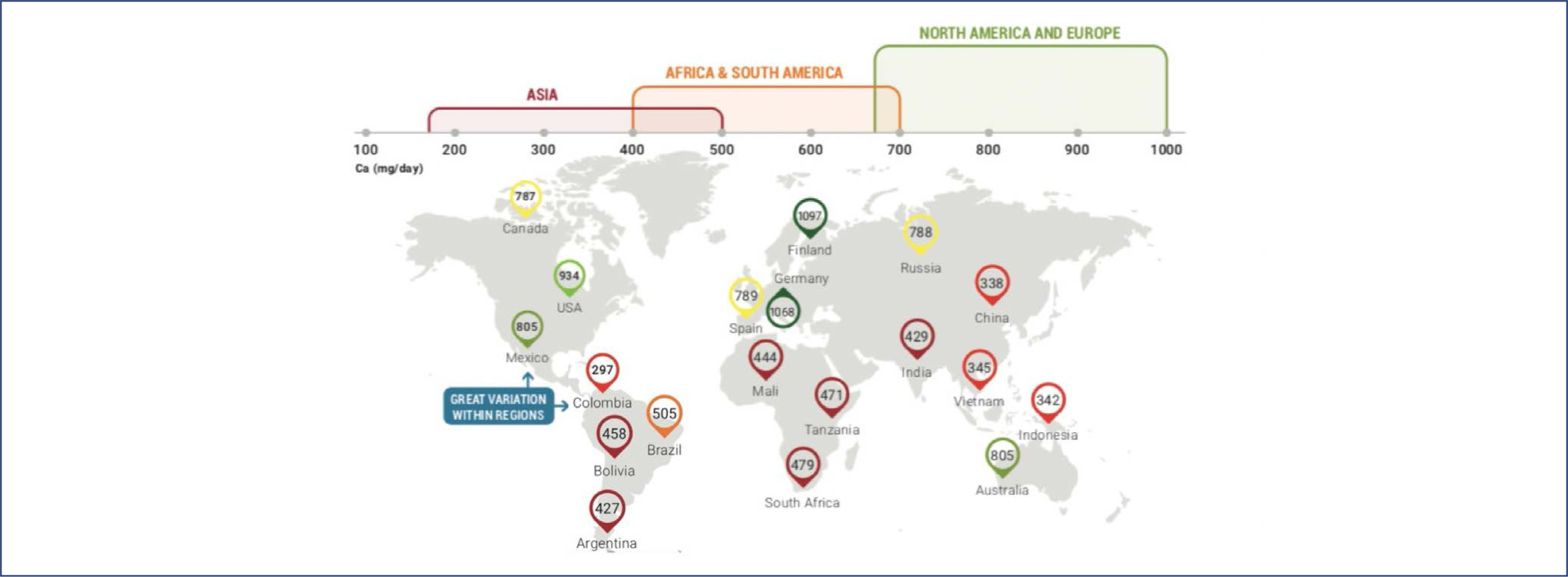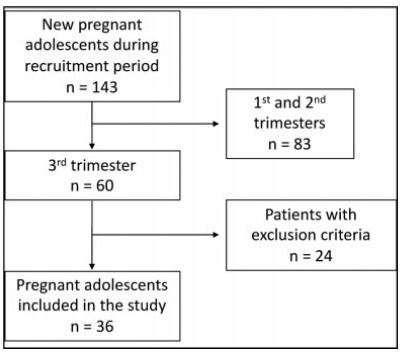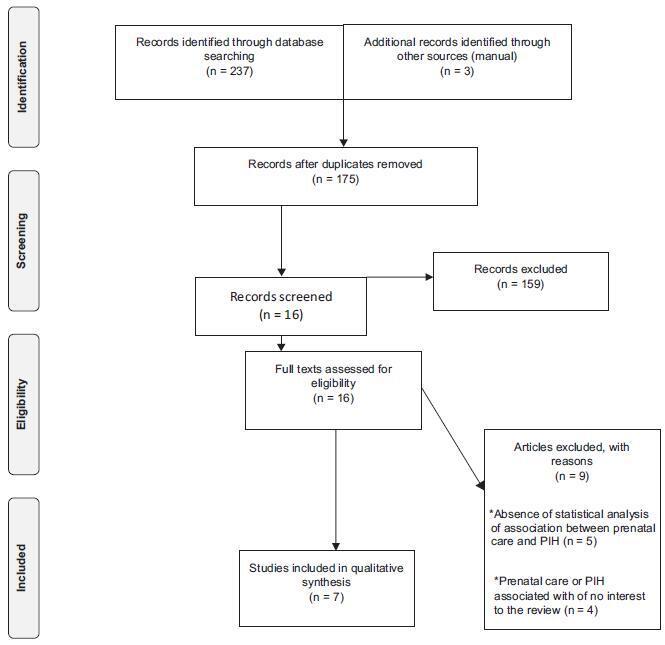Summary
Revista Brasileira de Ginecologia e Obstetrícia. 2024;46:e-rbgo43
In low and middle-income countries such as Brazil, most maternal deaths are related to hypertensive complications. Preeclampsia is the leading cause of maternal mortality and morbidity. Significant proportion is associated with the following factors: lack of identification of high-risk women, lack of adequate prevention, difficulty in maintaining a high-risk prenatal follow-up, delayed diagnosis, insecurity and low use of magnesium sulphate, delayed pregnancy interruption and lack of postpartum follow-up of these high-risk cases. Four major actions are proposed to minimize this alarming clinical picture and reduce the mortality rates due to preeclampsia, called the "4 P Rule" (Adequate Prevention – Vigilant Prenatal Care – Timely Delivery (Parturition) – Safe Postpartum). From this simple "rule" we can open a range of important processes and reminders that may help in the guidance of preeclampsia management.

Summary
Revista Brasileira de Ginecologia e Obstetrícia. 2023;45(4):207-214
Supplementation with folic acid (FA) during gestation has been recommended by medical society all over the world, but some studies have shown that intake of high folic acid diet may unleash damages to the descendants. Objectives: Describing the effects of maternal supplementation with FA during gestation on offspring's kidney at late life stages. Data Source: It is a systematic review by which were consulted the following databases: Medline, through Pubmed, Lilacs, and SciELO. The research was performed using the keywords “Folic acid”, “Gestation” and “Kidney”. Study Selection: Eight studies were regarded for this systematic review. Data Collection: Only studies that evaluated folic acid consumption during gestation and its effects exclusively on descendants' kidney at several phases of life were regarded. Results: Gestational FA intake did not change the renal volume, glomerular filtration rate and the expression of some essential genes in the kidney of puppies whose dams were supplemented with FA. Maternal consumption of double FA plus selenium diet was effective in preserving antioxidant enzymes activity in the kidney of descendants from mothers exposed to alcohol. FA supplementation decreased some gross anomalies in the puppies caused by teratogenic drug despite of had not been effective in preventing some renal architectural damages. Conclusion: FA supplementation did not cause renal toxicity; it exerted an antioxidant protective effect and mitigated some renal disorders caused by severe aggressions.
Summary
Revista Brasileira de Ginecologia e Obstetrícia. 2021;43(6):429-435
To evaluate serum levels of adiponectin in pregnant adolescents between 30 and 36 weeks of gestation.
A prospective cross-sectional study enrolled 67 normal pregnant women between 30 and 36 weeks of gestation and eutrophic (body mass index [BMI]: 18.5-25 kg/m2), of which 36 were adolescents (< 20 years old) and 31 adults (≥ 20 years old). Serum adiponectin levels were determined by enzyme-linked immunosorbent assay (ELISA). The t-student or Mann-Whitney tests were used for intergroup comparison.
Pregnant adolescents showed significantly higher serum adiponectin concentrations comparedwith pregnant adults (p=0.04). No differences were observed in adiponectin levels in younger pregnant adolescents (< 16 years old) compared with older pregnant adolescents (≥ 16 years old). Adiponectin values were divided into 3 subgroups:<3,000 ng/mL, between 3,000 and 5,000 ng/mL, and>5,000 ng/mL. Birthweight was significantly higher in women>5,000 ng/mL when compared with<3,000 ng/mL in the adolescent group. No association between pregestational adiponectin levels and BMI, gestational weight gain, and gestational age was observed; however, there was a positive relation with birthweight (p=0.0239).
Serum adiponectin values in pregnant adolescents between 30 and 36 weeks of gestation were higher compared with pregnant adults; however, no differences between younger and older pregnant adolescents were observed.

Summary
Revista Brasileira de Ginecologia e Obstetrícia. 2019;41(8):469-475
The aim of this study was to investigate the knowledge concerning gestational weight gain (GWG), nutrition, and physical exercise (PE) in pregnant women, and how to put them into practice.
A cross-sectional study with 61 pregnant women above 26 weeks of gestation, at the Woman’s Hospital, CAISM, University of Campinas. Questionnaires regarding the knowledge of healthy habits (HH) during pregnancy, sociodemographic data, and previous obstetric outcomes were applied. An educational guide with advice on HH during pregnancy and in the postpartum period was offered.
The average age of women was 28.7 ± 6.23 years, with 85% of them being married; 32% nulliparous; the average body mass index (BMI) before pregnancy was 25.4 ± 9.8 kg/m2, and themean number of years of schoolingwas 11.2 ± 3.8. Only 61%of the subjects had received any previous information about GWG during their antenatal care and were aware as to howmany pounds they should gain during pregnancy. Among the 61 women, 85% understood that they did not need to “eat for 2” and 99% knew that PE had benefits for their body and was safe for their baby. Half of the women practiced PE prior to pregnancy; however, only 31% continued the practice of PE during the pregnancy.
Despite understanding the need for HH during pregnancy, women still need encouragement to practice PE during pregnancy, as well as more information about GWG.
Summary
Revista Brasileira de Ginecologia e Obstetrícia. 2019;41(5):318-332
Pre-eclampsia is a multifactorial and multisystemic disease specific to gestation. It is classically diagnosed by the presence of hypertension associated with proteinuria manifested in a previously normotensive pregnant woman after the 20th week of gestation. Pre-eclampsia is also considered in the absence of proteinuria if there is target organ damage. The present review takes a general approach focused on aspects of practical interest in the clinical and obstetric care of these women. Thus, it explores the still unknown etiology, current aspects of pathophysiology and of the diagnosis, the approach to disease prediction, its adverse outcomes and prevention. Management is based on general principles, on nonpharmacological and on pharmacological clinical treatment of severe or nonsevere situations with emphasis on the hypertensive crisis and eclampsia. Obstetric management is based on preeclampsia without or with signs of clinical and/or laboratory deterioration, stratification of gestational age
Summary
Revista Brasileira de Ginecologia e Obstetrícia. 2019;41(1):62-64
Renal artery aneurysms (RAAs) are rare and usually asymptomatic; ~ 90% of them are unilateral. Once diagnosed during pregnancy, they may rupture, presenting a high maternal-fetal risk. The present study reports the case of a 32-year-old pregnant woman with a 30-week gestational age and a ruptured unilateral RAA.

Summary
Revista Brasileira de Ginecologia e Obstetrícia. 2018;40(8):471-476
Evaluate the influence of prenatal care on the occurrence of gestational hypertension.
The Web of Science, Scopus, Pubmed, Cochrane and ClinicalTrials electronic databases were searched for articles published between January 1st, 2012 and December 31st, 2016. No language restrictions were imposed. The following keywords were used: prenatal care, medical assistance, prenatal education, pregnancy-induced hypertension. The preferred reporting items for systematic reviews and meta-analyses (PRISMA) checklist was employed. Two hundred and forty articles were identified during the initial search, but only seven met the inclusion criteria. This systematic review is registered with the international prospective register of systematic reviews (PROSPERO; #CRD42017064103).
The seven studies hada lowriskof bias,withmethodological quality scores ranging fromsix to eight points. Five studies found a positive relationship between prenatal care and pregnancy-induced hypertension, whereas two studies found no significant association between the two variables. The divergence among the studies may have been due to the type of healthcare service at which the study was conducted and the sample size.
Although the studies analyzed differed with regard to methodological aspects, the findings demonstrate the importance of prenatal care during the gestational period as a prevention and health promotion measure.

Summary
Revista Brasileira de Ginecologia e Obstetrícia. 2018;40(4):180-187
To assess the effectiveness of metformin in the incidence of gestational diabetes mellitus (GDM) in obese pregnant women attending a public maternity hospital in Joinville, Santa Catarina, Brazil.
Randomized clinical trial including obese pregnant women with a body mass index (BMI) ≥ 30 kg/m2, divided into two groups (control and metformin). Both groups received guidance regarding diet and physical exercise. The participants were assessed at two moments, the first at enrollment (gestational age ≤ 20) and the second at gestational weeks 24-28. The outcomes assessed were BMI and gestational diabetes mellitus (GDM) diagnosis. The data distribution was assessed with the Friedman test. For all the analytical models, the p-values were considered significant when lower than 0.05. The absolute risk reduction was also estimated.
Overall, 164 pregnant women were assessed and further divided into 82 participants per group. No significant difference was observed in BMI variation between the control and metformin groups (0.9 ± 1.2 versus 1.0 ± 0.9, respectively, p = 0.63). Gestational diabetes mellitus was diagnosed in 15.9% (n = 13) of the patients allocated to the metformin group and 19.5% (n = 16) of those in the control group (p = 0.683). The absolute risk reduction was 3.6 (95% confidence interval 8.0- 15.32) in the group treated with metformin, which was not significant.
Metformin was not effective in reducing BMI and preventing GDM in obese pregnant women.
